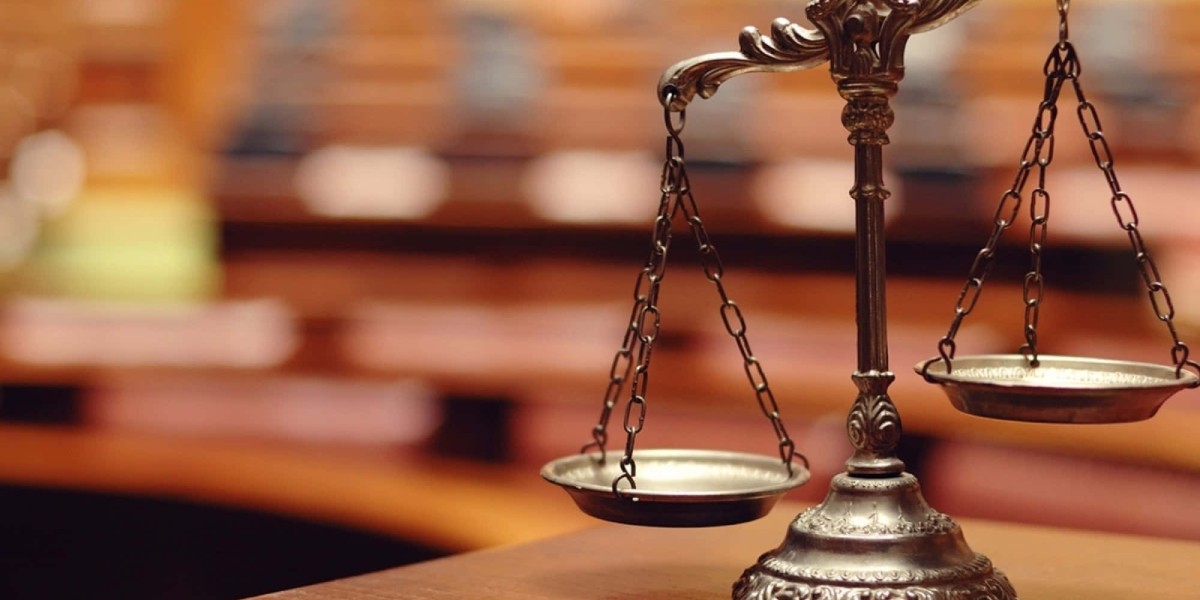In the complex landscape of legal protections, one term that holds significant importance is the "preliminary protective order" (PPO). This blog aims to unravel the intricacies of a preliminary protective order, exploring its purpose, the process of obtaining one, and the implications it carries for both the petitioner and the respondent.
Understanding the Preliminary Protective Order (PPO):
A Shield Against Immediate Danger
A Preliminary Protective Order is a legal tool designed to offer swift protection to individuals facing immediate danger, particularly in cases involving domestic violence, harassment, or potential harm. It serves as a temporary intervention until a more thorough assessment, often leading to the issuance of a Permanent Protective Order.
Key Components of a Preliminary Protective Order:
1. Issuance by the Court:
The authority to issue a Preliminary Protective Order rests with the court. A judge carefully reviews the presented evidence and assesses the petitioner's claim of imminent danger.
2. Temporary Nature:
As its name suggests, a Preliminary Protective Order is temporary. It serves as an initial safeguard while legal proceedings unfold and a more comprehensive evaluation of the situation takes place.
3. Customized Terms:
The order includes specific provisions tailored to the circumstances of the case. These may include restrictions on the alleged abuser's contact with the petitioner, maintaining a certain distance, and other necessary measures to ensure the petitioner's safety.
Process of Obtaining a Preliminary Protective Order:
1. Filing a Petition:
The process commences with the individual seeking protection filing a petition with the court. This is often done during regular court hours or through after-hours services in cases of immediate danger.
2. Judicial Review:
A judge promptly reviews the petition to assess the perceived danger and the necessity of a Preliminary Protective Order. If deemed warranted, the judge may issue the order based on the information provided.
3. Provision of Immediate Relief:
Once issued, the preliminary protective order provides immediate relief to the petitioner. It establishes boundaries and restrictions on the alleged abuser's behavior to mitigate potential harm.
4. Full Hearing Scheduled:
Following the issuance of the preliminary order, a full hearing is scheduled. This hearing allows both parties to present evidence, argue their case, and enables the court to make a more informed decision about the necessity of a Permanent Protective Order.
Implications of a Preliminary Protective Order:
1. Legal Consequences for Violation:
Violating the terms of a Preliminary Protective Order carries significant legal consequences. Law enforcement treats such violations seriously, and the alleged abuser may face arrest and additional charges.
2. Temporary Relief for the Petitioner:
For the petitioner, a Preliminary Protective Order offers immediate relief and protection. It establishes a buffer zone against potential harm during the legal proceedings.
3. Bridge to a Permanent Protective Order:
A Preliminary Protective Order serves as a bridge to the subsequent phase of legal proceedings. If the evidence presented during the full hearing supports the need for ongoing protection, a Permanent Protective Order may be issued.
Challenges and Considerations:
1. Impact on Relationships:
The issuance of a Preliminary Protective Order can strain relationships, especially if the allegations are contested. Navigating the legal process with sensitivity is crucial, recognizing the potential for both immediate safety and the preservation of relationships.
2. Legal Representation:
Both parties involved may benefit from legal representation during the process. Legal professionals can ensure that the rights of all parties are protected and that the legal proceedings are fair and just.
Conclusion:
A preliminary protective order is a crucial legal tool, offering swift protection to those facing immediate danger. Understanding its purpose, the process of obtaining one, and the implications for all parties involved is essential. Seeking professional advice and representation is advisable to ensure a fair and just resolution, acknowledging the delicate balance between immediate safety and the complexities of relationships.








